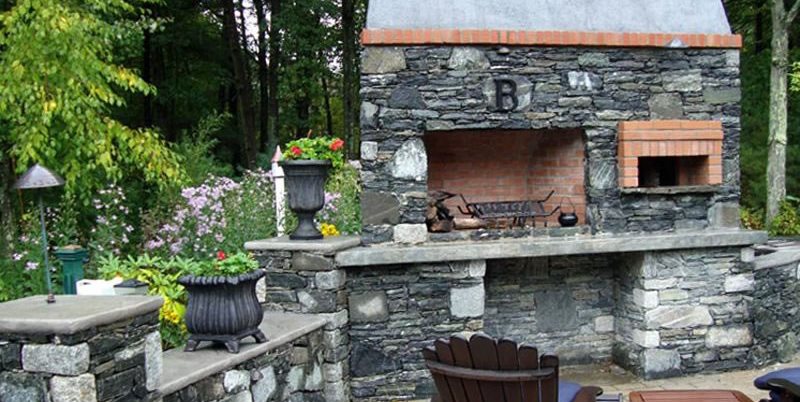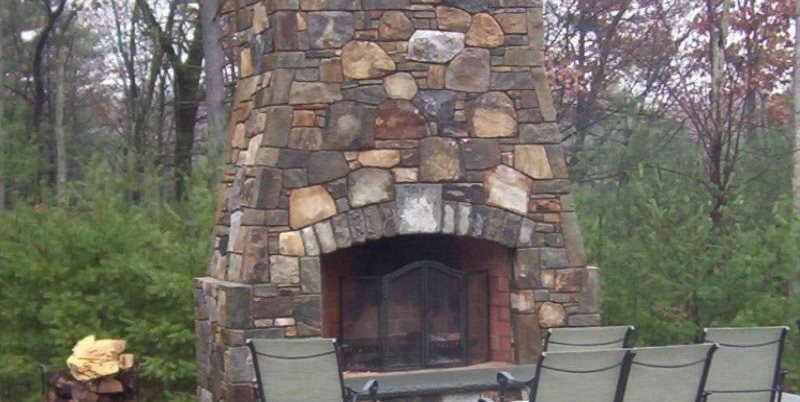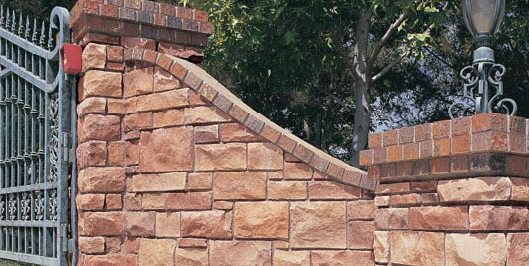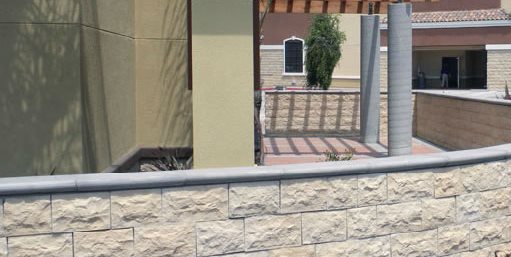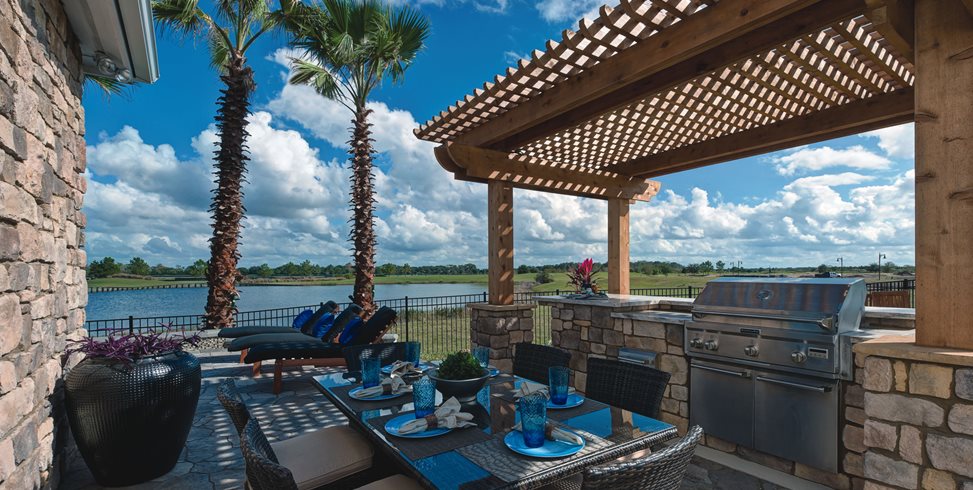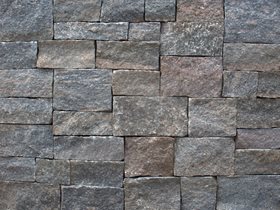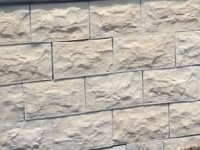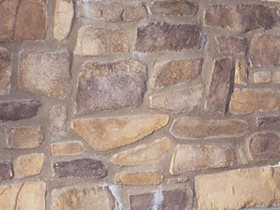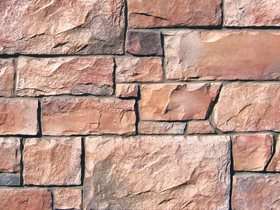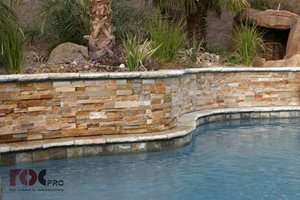Stone Veneer Color Options
See what veneer colors are available and how they vary regionallyWhen it comes to stone veneer colors today, the sky is the limit. Not only are there more domestic quarries producing veneer than ever before, the range of manufactured stone veneer colors is one of its strongest selling points. This is incredibly liberating, but it becomes far easier to make a mistake with colors that may not prove appealing after the test of time.
Popular Veneer Colors
Each veneer manufacturer has their own unique color names, but if you know what color family you like this will be helpful for narrowing down your choices.
It's important to hire a good designer, because so many options can quickly overload a homeowner with the decision process. It's too easy to fall in love with a veneer because you're attracted to its color, but your designer will make the choice based on a whole range of other practical considerations. In fact, some designers refuse to take customers to the stone yard, preferring to present just a few carefully evaluated options in order to avoid overwhelming them. Trust your designer because they know what works in your home and your community.
- Pro Tip: "Step back into your childhood and define what you think of those colors. That will help you make a decision that really feels right." --David Croteau, Stoneyard.com
There is a strong regional aesthetic to veneer colors demonstrated by national suppliers. Coronado Stone sells manufactured veneer stone nationwide and understands the nuances of each market. "The East Coast tends to be more gray and brown tones, which is quite similar to the Northwest. The Central region and Texas likes lighter colors such as chalk and cream. Florida wants tropical colors, so we sell a lot of pinks and corals there in a mix of styles. In mountainous regions where architecture is more rustic and cabins are common in the Appalachians, we sell rugged profiles and earth tones in creek rock and river rock. Southern California is trending toward light colors right now. They're usually 5 years ahead design wise, so this may indicate a future national trend away from darker hues."
This illustrates variability in color trends over time. Unlike surfaces that can be repainted, stone veneer is very permanent and homeowners will have to live with their choice forever. More assertive color choices can become dated far more easily than neutral hues. Brighter colors may also lose their appeal over time and under weathering because many natural stone veneers are freshly sliced stone. But once set newly cut stone into your wall it can oxidize or simply weather as natural stone will, causing colors to become more muted. For example, the salmon stone you fell in love with can become a muddy baby pink. This is the risk of using newer types of stone imported from abroad because masons don't have a long term track record with its color longevity. Similarly, poor quality manufactured stone may fade with time, particularly in areas with high UV exposure that can compromise low quality pigments.
Landscape architect Matt Schmuke of Grand Rapids knows what is in demand in the upper Midwest. "I'm a big fan of Frank Lloyd Wright and prefer the use of on-site materials or veneers that match local stone. I'm a basic, clean simple line guy and not a fan of multicolored masonry because I want my projects to be timeless. Consider me a huge believer in less is more." Such a conservative approach to veneer color is important with dramatic modern architecture and wherever truly fine stonework is used. The trends developed by green architecture aficionados are keen on this regional materials vernacular that emphasizes sustainability through use of locally originated stone.
In the northeast, customers love a blend of colors. David Croteau of Stoneyard.com really understands his local market. Their stone sources are all local quarries and field stone salvaged from New England farms and disintegrating dry stone walls. While there is color variability, the range is not nearly so great, with many hues of muted tones instead of more high contrasting blends of manufactured stone or exotic stone veneers.
"Some prefer a unique stone recipe rather than one contrived by others, so they'll blend varying percentages of our Boston blend and mix it with Greenwich gray and Colonial tan so they'll have their own color palette that makes their home and project look different from ever other. For less savvy customers Boston blend is the most common choice with eight or nine earthy natural colors. That's our number one seller. There's always a color in this blend to work with the customer's palette. This subtle variation tends to pop because the stone colors are vibrant enough to make a focal point out of the stone."
"On Boston blend you get what comes to us, but with these more consistent colors we mix them to ensure a continuous look. For recipes, each color arrives at the job separately. The masons then blend it together per the unique customer's percentages just like a chef on the job site."
With so many choices, particularly in manufactured stone, even the contractors and masons need help in narrowing down their options. Eldorado Stone has created an online system to help their customers work through a staggering number of different colors to find the best ones. "We recently developed the product selector on our web site to help customers narrow down their choices - they are too easily overwhelmed. It walks you through the style you have, and your color palette, then it narrows down the choices to just about 10 or 15. Our main categories are style, color palette and shape."
"It's really the designers job to help narrow down this choice but we work with them directly too. We work with their current palette or future palette or try to learn the source of their inspiration to hook them up with the right stone style and color to suit their use. Our huge inspiration gallery on the site is a big help," says Eldorado Stone.

 Backyards
Backyards
 Front Yards
Front Yards
